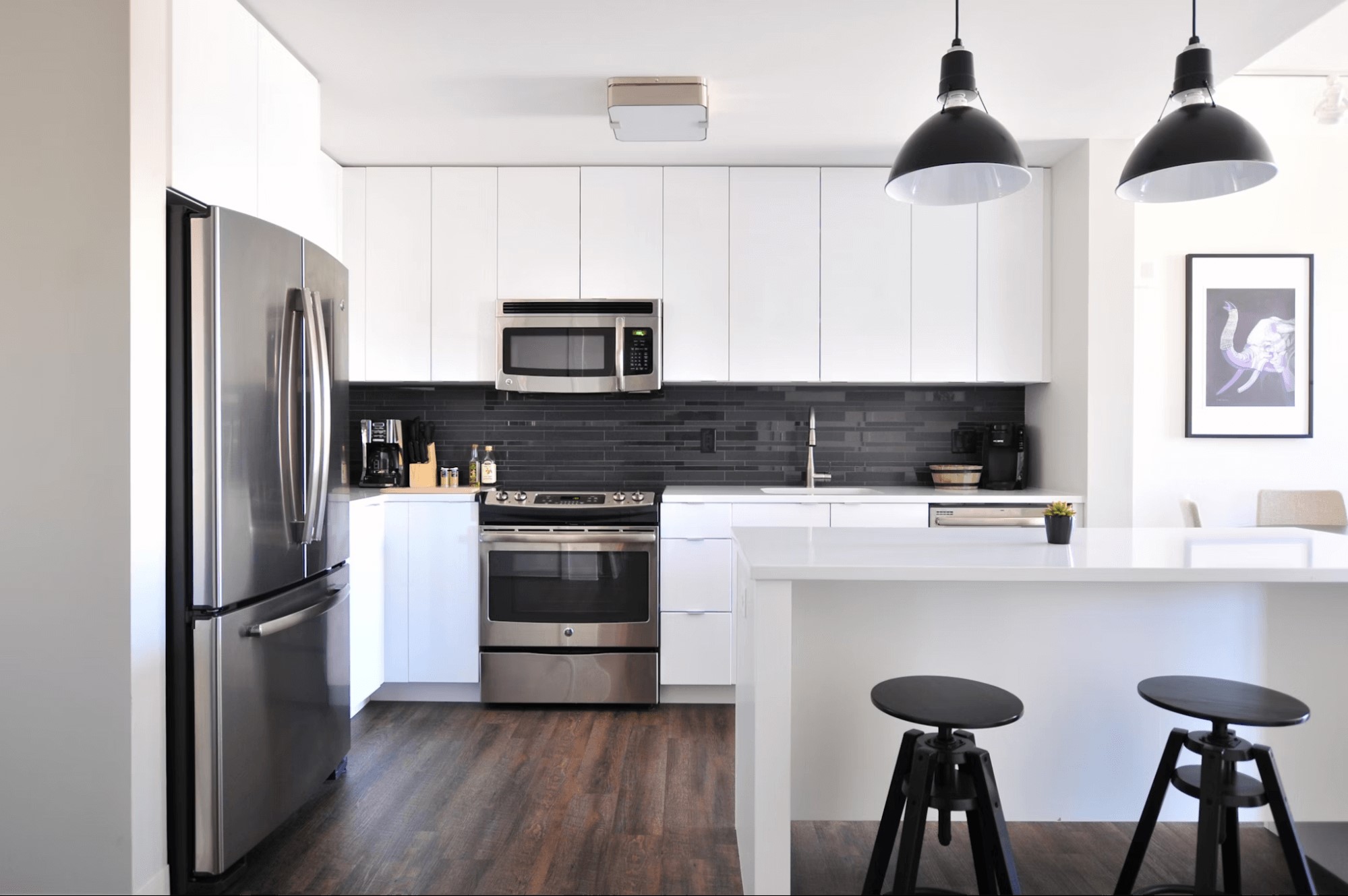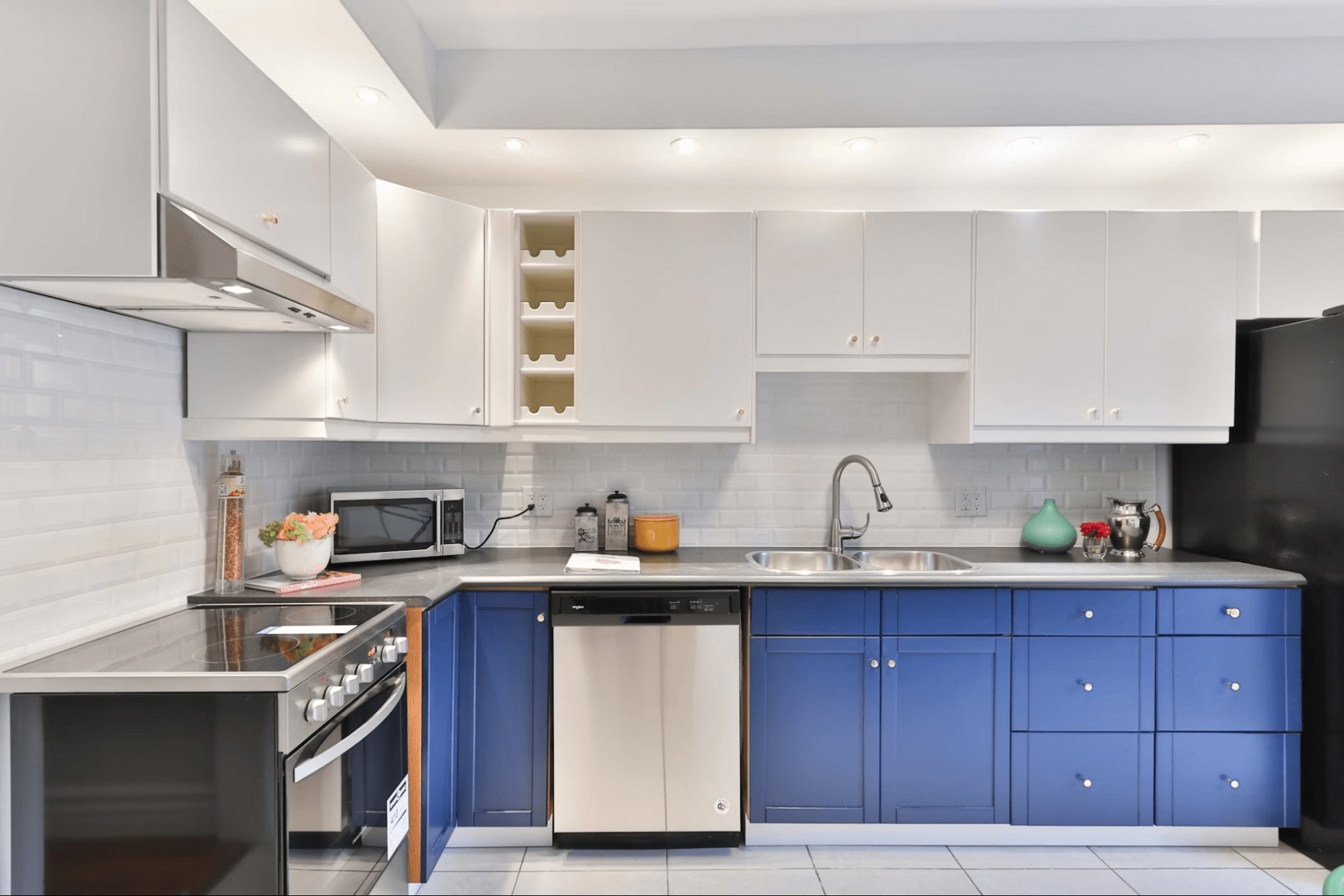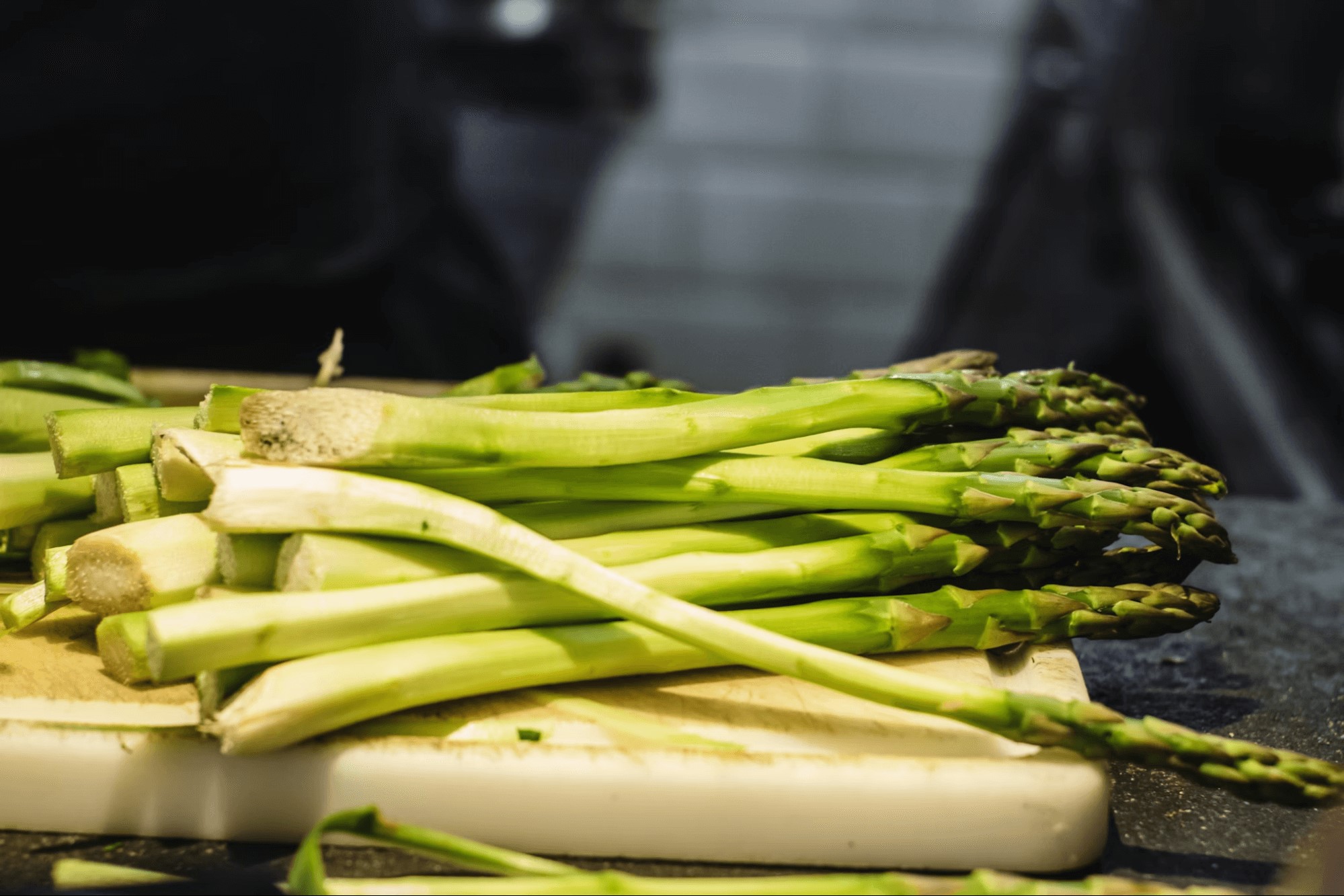This guest blog is all about renovating your kitchen to create an allergy-free environment. Which is necessary for the safety and well-being of individuals with food allergies.

This process involves thoughtful planning and the implementation of effective strategies to minimize the risk of allergen exposure. We will go over some detailed and practical tips to help you achieve an allergy-free kitchen.
Kitchen Cabinet: The Heart Of Organization
Effective kitchen cabinet organization is key to maintaining an allergy-free kitchen. Proper storage and segregation of items can significantly reduce the risk of cross-contact.
Low-Cost Improvements
Implementing low-cost improvements can make a significant impact on creating a safer kitchen environment. Take a look at some practical examples:
Colour Coding And Labeling
Use colour-coded labels to differentiate between allergen-free and allergen-containing foods. For example, label allergen-free snacks with green and allergen-containing foods with red.
This visual cue helps everyone in the household quickly identify safe items.Use coloured storage bins or containers to store different types of foods.
This can help children and other family members easily distinguish between safe and unsafe items.
Separate Storage Areas
Designate specific shelves or drawers in your kitchen cabinets for allergen-free foods. This separation helps prevent accidental exposure to allergens during food storage and preparation.
Reserve the top shelf of the refrigerator for dairy-free products and the bottom shelf for gluten-free items to avoid cross-contact.
Dedicated Utensils And Cookware
Invest in separate sets of utensils, cutting boards, and cookware for preparing allergen-free meals.
This practice is integral to avoid cross-contact during cooking. You can use different colored cutting boards (e.g., green for allergen-free foods and red for allergen-containing foods) to prevent cross-contamination.

Kitchen Organization Hacks
Efficient kitchen organization is paramount for maintaining an allergy-free environment.
Take a look at some strategies to optimize your kitchen setup:
Clear And Consistent Labeling: Clearly label all containers and storage areas to avoid confusion. Use waterproof labels for durability and ensure they are legible.Use a label maker to create clear and durable labels for all food containers, indicating whether they are safe or contain allergens.
Establish A Routine: Develop a consistent routine for checking and restocking your kitchen. Regularly check for expired items and ensure that allergen-free products are always available.Create a weekly checklist to review your pantry and refrigerator, ensuring all allergen-free products are stocked and properly labeled.
Utilize A “3-Check Rule”: Implement a system where groceries are checked for allergens at the store, upon arrival at home, and again before use. This thorough approach minimizes the risk of allergen exposure. Before putting away groceries, check each item for allergen labels and sort them into designated storage areas based on their allergen content.
Cross-Contamination Prevention:Preventing cross-contamination is critical in an allergy-free kitchen. Here are some evergreen practices:
Thorough Cleaning: Regularly clean all kitchen surfaces, utensils, and appliances. Use hot water and soap, followed by a rinse and sanitation step to ensure all traces of allergens are removed (FoodAllergy.org). Use disinfectant wipes to clean countertops and handles after preparing meals to remove any residual allergens.
Dedicated Storage And Preparation Areas: Keep allergen-free foods and ingredients in separate storage areas. Use dedicated preparation zones to prevent cross-contact during meal prep. Set up a separate prep station with its own set of utensils and cutting boards exclusively for allergen-free cooking.
Education And Training: Educate all household members or kitchen staff about the importance of avoiding cross-contamination. Training everyone on proper food handling and cleaning procedures is the cornerstone for maintaining a safe kitchen. Hold regular family meetings to discuss new allergen-free cooking tips and ensure everyone understands the procedures for preventing cross-contact.

Ensuring Your Kitchen Is Allergen-Free
Creating a safe kitchen space for individuals with food allergies involves meticulous attention to detail in three key areas: labeling and storage, thorough cleaning practices, and careful meal preparation.
Accurate Labeling And Strategic
Labeling foods clearly and storing them properly is the first step to prevent cross-contact of allergens.
Use clear, durable labels for all food storage areas and containers, distinguishing between allergen-free and other foods.
Designate specific cabinets and shelves for allergen-free products to minimize the risk of accidental exposure.
Implementing a system that includes color coding can also help; for example, using red for allergen-containing products and green for safe options can provide immediate visual cues.
Rigorous Cleaning Protocols
Maintaining strict cleaning protocols is necessary for keeping your kitchen allergen-free. Below are some key steps to ensure cleanliness and minimize the risk of allergen cross-contamination:
- Regular And Thorough Cleaning: Always clean kitchen surfaces, utensils, and equipment immediately after use, especially if they have been in contact with allergens.
- Designated Cleaning Supplies: Use separate sponges, cloths, and brushes for allergen-free zones. Color coding these items can prevent their misuse in areas where allergens are handled.
- High-Efficiency Dishwashing: Invest in a dishwasher that reaches high temperatures, capable of breaking down and eliminating allergen residues from dishes and cookware. This can be a critical step in decontaminating your cooking tools.
Diligent Meal Preparation
When preparing meals, always start with allergen-free dishes before handling other foods.
Use separate cookware and utensils dedicated to allergen-free meal preparation.
Educating everyone in the household or food preparation area about the importance of these practices is vital to their effectiveness.
It’s also important to wash hands thoroughly between handling different types of foods to prevent accidental cross-contact.
Key Takeaway
Creating an allergy-free kitchen is an ongoing commitment that extends beyond the initial setup and organization.
To ensure sustained success, it’s important to engage with wider community resources and expert guidance, which can provide new insights and methods to refine your allergy management practices over time.
This proactive approach helps you stay updated with the latest safety protocols and innovations in allergy prevention.
Written by Darjan Kubik


